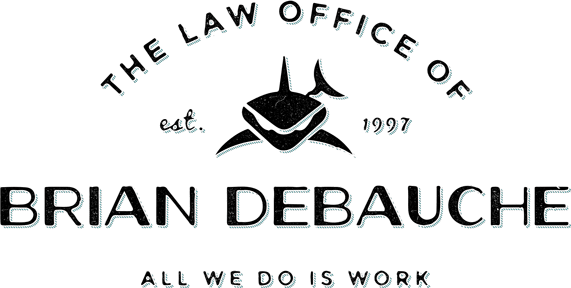Colo. Ct. App. 10/28/2010
Defendant appealed the judgment of conviction entered on a jury verdict finding him guilty of first-degree assault. The judgment was reversed and the case was remanded.
Defendant entered the condominium of his neighbor across the hallway (victim) in the middle of the night. The victim confronted defendant, and defendant left the victim’s condominium, but returned a few minutes later and jiggled the victim’s doorknob. The victim opened the door and saw defendant walking back to his own condominium. The victim followed defendant into defendant’s condominium. Defendant emerged from his bedroom swinging a machete at the victim, causing wounds to the victim’s head and torso.
The jury found defendant guilty of first-degree assault and third-degree criminal trespass. The trial court sentenced him to twenty-one years’ imprisonment in the custody of the Department of Corrections, plus a period of mandatory parole.
On appeal, defendant contended that the trial court erred in instructing the jury, over his objection, that the “make-my-day” affirmative defense did not apply if the victim’s entry into defendant’s condominium was in good faith or if the victim did not know he was violating the criminal law when he entered defendant’s condominium. The make-my-day statute requires an unlawful entry by another. Here, the jury instruction stated that the other person’s unlawful entry into the dwelling must have been made in knowing violation of the criminal law, which goes beyond the statute’s requirements and ismisleading. Accordingly, the instruction in this case was error, and defendant is entitled to a new trial on the charge of first degree-assault.
Defendant also contended that the doctrine of issue preclusion barred the “unlawful entry” jury instruction at trial, because the court found that the victim’s entry was unlawful at the immunity hearing. The finding at the immunity hearing, however, was not a final judgment; therefore, it was not error to submit the instruction to the jury.
Defendant next contended that the trial court erred by (1) instructing the jury about the initial aggressor exception when no evidence supported that he was the initial aggressor; and (2) refusing his tendered instruction on the doctrine of no retreat to include a right to use deadly force. The Court of Appeals disagreed. The record supports that there was some evidence that defendant could have been the initial aggressor. Further, the trial court did not abuse its discretion in properly instructing the jury on the doctrine of no retreat, because the instruction adequately apprised the jury of this doctrine.
The Court also rejected defendant’s contention that the trial court erred by refusing his tendered scope of invitation and apparent necessity instructions. The instructions tendered to the jury properly informed the jury of the law, and the court did not abuse its discretion in refusing defendant’s scope of invitation and apparent necessity jury instructions.
